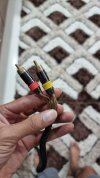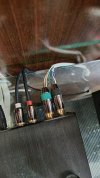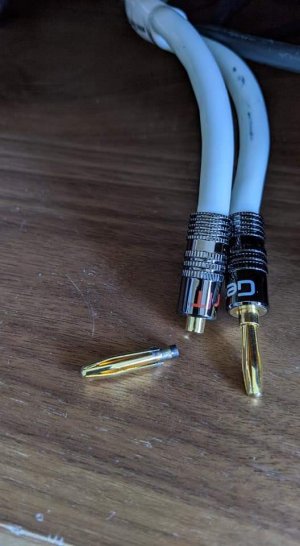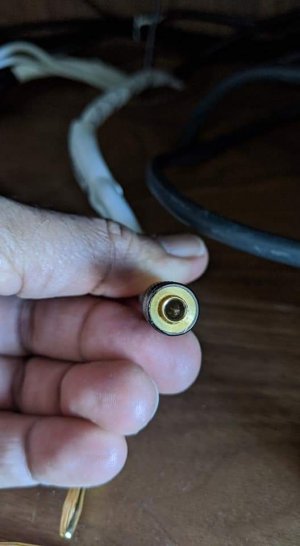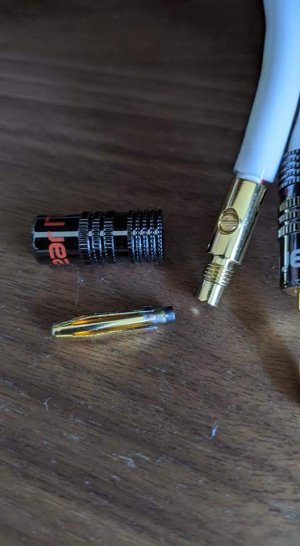keith_correa
Well-Known Member
I don't know if it's the bleach but the nada has some weird powdery starchy stuff in it so what I do is always wash it well and dry it thoroughly before I use it. I've had interconnects made from washed nada that has lasted 8+ years. Still going strong.I had a weird problem with bleached cotton nada (I'm assuming we purchased from the same shop). After several months of usage, I suspect the bleach reacted with the solder. For some reason it caused an open circuit (RCA centre pin to centre pin was open, and RCA barrel to barrel was also open). The wire/conductor used was ~24 AWG solid core silver, probably about 92.x% purity. The solder on the RCAs became very hard and I could no longer desolder it with a regular 25W soldering iron. It took a 60W iron, and that too with extended heating.
Last edited:


